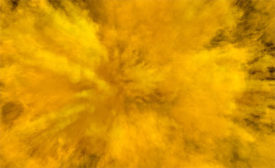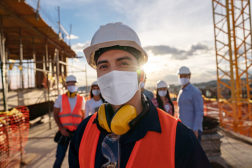Home » hazards
Articles Tagged with ''hazards''
4 ways to protect your industrial dust collector from explosions
Under pressure
February 9, 2021
Cleaning up during COVID-19: What you need to know about janitors' risk
Q&A with an expert as companies get back to business
June 25, 2020
eCompliance launches revamped Field iD 4.0
Company offering three months free with sign-up
June 18, 2020
Become a Leader in Safety Culture
Build your knowledge with ISHN, covering key safety, health and industrial hygiene news, products, and trends.
JOIN TODAYCopyright ©2025. All Rights Reserved BNP Media.
Design, CMS, Hosting & Web Development :: ePublishing









